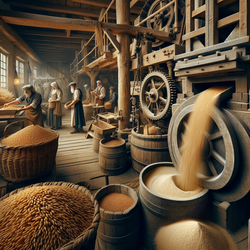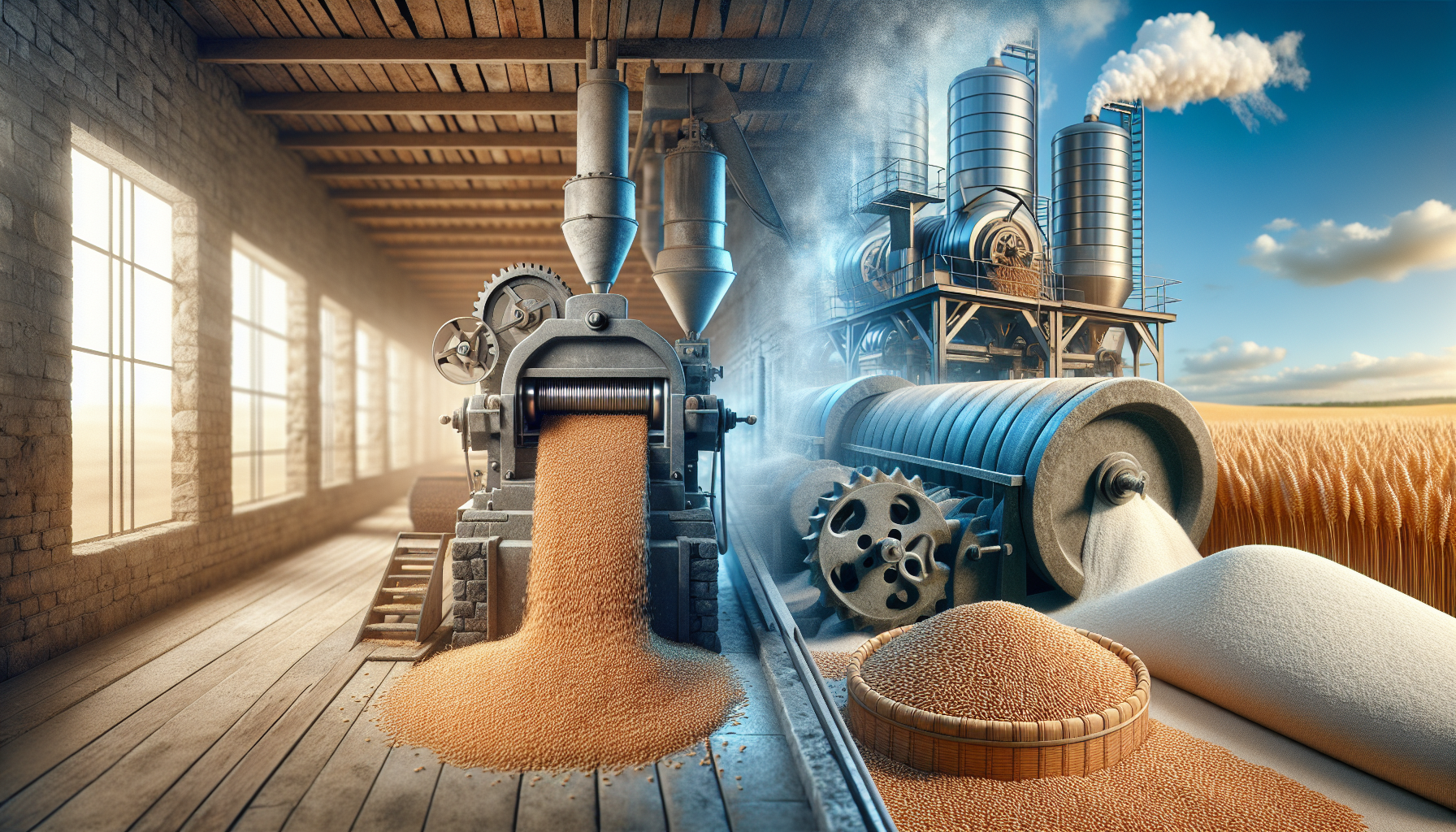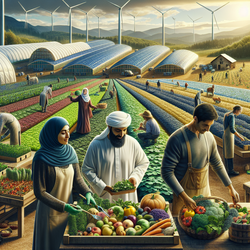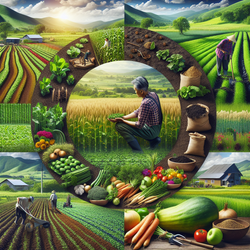
Discover the traditional milling processes that turn wheat into flour.
Introduction to Grain Milling
The process of transforming wheat into flour is both an art and a science. Grain milling has been part of human history for thousands of years, providing a staple ingredient for numerous culinary traditions.
Basic Information
Modern milling involves cleaning the wheat, conditioning it to the desired moisture level, and gradually reducing the grain into flour through a series of rollers.
Content Overview
Stone-ground milling retains more wheat germ and bran, yielding a nutritious and flavorsome flour. The roller milling, on the other hand, produces a more refined product suitable for a wide range of purposes.
Personal Evaluation
I believe that while roller milling is efficient, stone milling should be preserved for its unique qualities.
Conclusion
Understanding the milling process helps us appreciate the effort behind every grain of flour.






